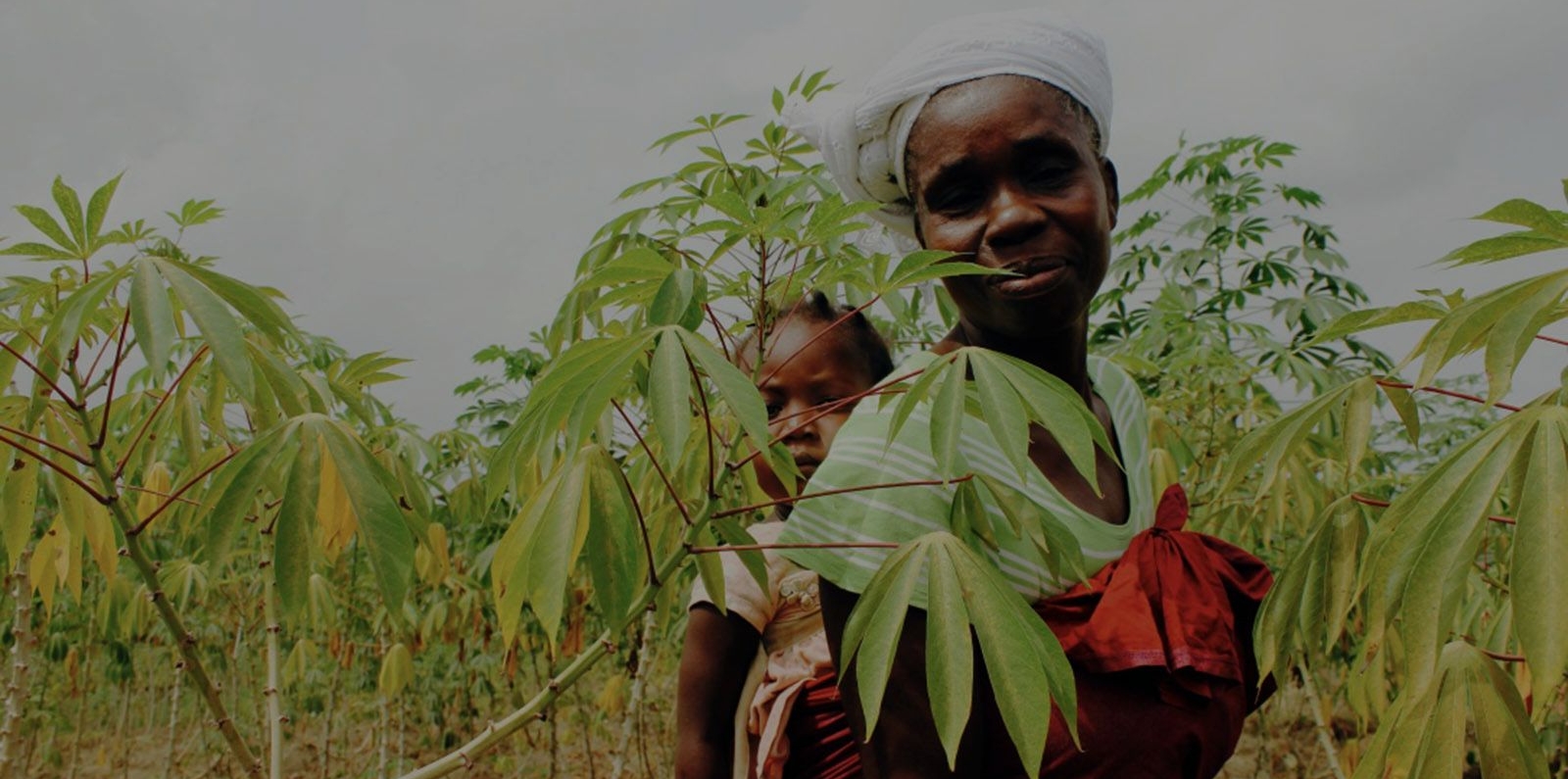About the Project
In Liberia, 64% of the population –more than two million people– lives below the poverty line. The agriculture sector – food and tree crops, fisheries, and livestock – accounts for 38.8% of the GDP, and 70% of the country’s population depends on agriculture for its livelihood. The sector is a significant contributor to the economy in terms of employment and foreign exchange earnings, and a primary determinant of nutrition, education, poverty reduction, and rural transformation. Women are major players, producing over 60% of agricultural products and constituting the majority of smallholder producers and the agricultural labor force. Approximately half of the population is either food insecure or highly vulnerable to food shortages due in part to low agricultural productivity that, in turn, is caused by structural impediments, inadequate policies, and prolonged conflicts that displaced farming communities, degraded transport and processing infrastructures, and diminished productive capacities such as assets and skilled personnel.
GAFSP invested $46.5 million to enhance the income of smallholder farmers, particularly women, and youth, through sustainable land expansion and land improvement, increased market access, and strengthened institutional capacities. SAPEC aims to transform Liberia’s agriculture sector, which is dominated by traditional subsistence farming systems and is characterized by labor-intensive shifting cultivation and low technologies that result in low productivity. SAPEC also supports the Liberia Agriculture Transformation Agenda with targeted programs and action plans that raise agricultural productivity by delivering modern inputs and finance to farmers and agribusinesses. The project promotes the use of improved technologies for rice, cassava, and vegetables, such as climate change-resilient rice varieties and fertilizers; develops new irrigation and drainage systems in lowlands; rehabilitates feeder roads, storage facilities, and agro-processing equipment; addresses the acute shortage of skilled manpower for planning and supervision of sector development activities by providing post-graduate scholarships to master’s degree students in various agriculture-related disciplines in Ghana, Kenya, and Tanzania; and promotes rural enterprises to generate employment, particularly for women, youth, and the physically challenged and especially in rice and cassava processing. Two CGIAR centers, Africa Rice Center in Côte d’Ivoire and the International Institute for Tropical Agriculture in Nigeria, are key implementing partners for this project.
Country
- Liberia
Project Status
ClosedFunding
PublicSupervising entity
- AfDB
Call Year
2010GAFSP Funding Amount
46.50Results
As of December 2020, the project has reached 151,312 people and 43 producer-based organizations in total. Specifically, SAPEC has provided 18,040 hectares of land with improved production support, 36,844 smallholders with productivity enhancement support, 55,266 people with improved nutrition services and products, 37,055 people with direct employment, and 3,519 people with capacity building support. The project also has constructed or rehabilitated 163 kilometers of roads and nine post-harvest facilities. Further, in the last six months of 2020, the project’s Sustainable Crop Production Intensification component rehabilitated 290 hectares of lowlands and constructed seven head dams; more than 140 diversion boxes are ongoing.
In response to COVID-19, World Bank-funded project STAR-P contracted two of the six Cassava Hubs (Destiny Women and Falama) to supply 445 metric tons of cassava products, including 61 metric tons of odorless fufu flour, 214 metric tons of deepah, and 170 metric tons of gari, for a total contract value of US$362,330. Currently, rehabilitation works on the remaining 52 km in Grand Kru and Sinoe Counties are currently ongoing.
In addition, SAPEC has helped rehabilitate four market centers in Maryland, Grand Kru, Grand Bassa, and Grand Capemount Counties. The market center in Pleebo, Maryland County, has 231 tables (one table per marketer) downstairs and 52 stores (one store per marketer) upstairs. Each market center has a warehouse, children’s playground, garbage collection point, borehole with hand pump, perimeter fence, and electricity. Rehabilitation of the remaining two market centers in River Gee and Margibi Counties are ongoing, with completion rates ranging 80–95 percent.
Contact
Mark Eghan
m.eghan@afdb.org
